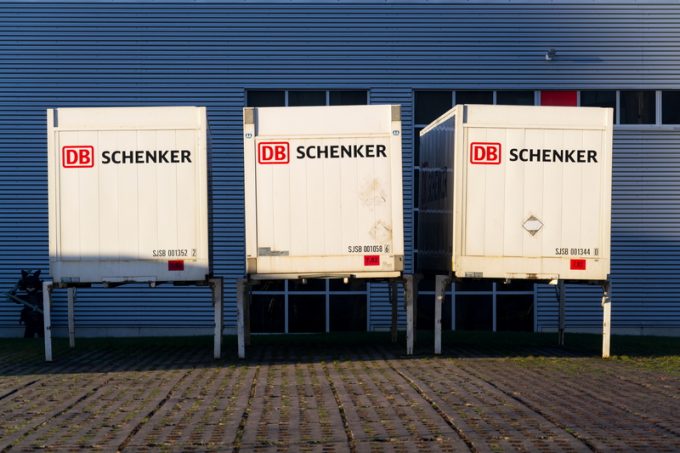The right customs plan will be a gamechanger, Maersk warns shippers
As the ‘Liberation Day’ tariff reassessment looms, Maersk has urged shippers and forwarders to pay ...

For DB Schenker, Vietnam has been a strong market over the past year.
One factor in this was the repercussions of the trade conflict between the US and China, which accelerated the migration of manufacturing from the middle kingdom to neighbouring countries, noted Robert Reiter, chief ...
CMA CGM South Korean staff strike over bonuses after bumper 2024 profit
'Another painful headache for shippers' as Asia-N Europe rate rally ends
Amazon Air Cargo partners-up for new transpacific route into the US
MSC switches two more Asia-Europe port calls from congested Antwerp
Ports and supply chain operators weigh in on funding for CPB
Nightmare for Bangladeshi exporters as congestion and tariffs bite
CMA airline returns two freighters, while ANA takeover of NCA looms
Carriers introduce surcharges as congestion builds at African ports

Comment on this article